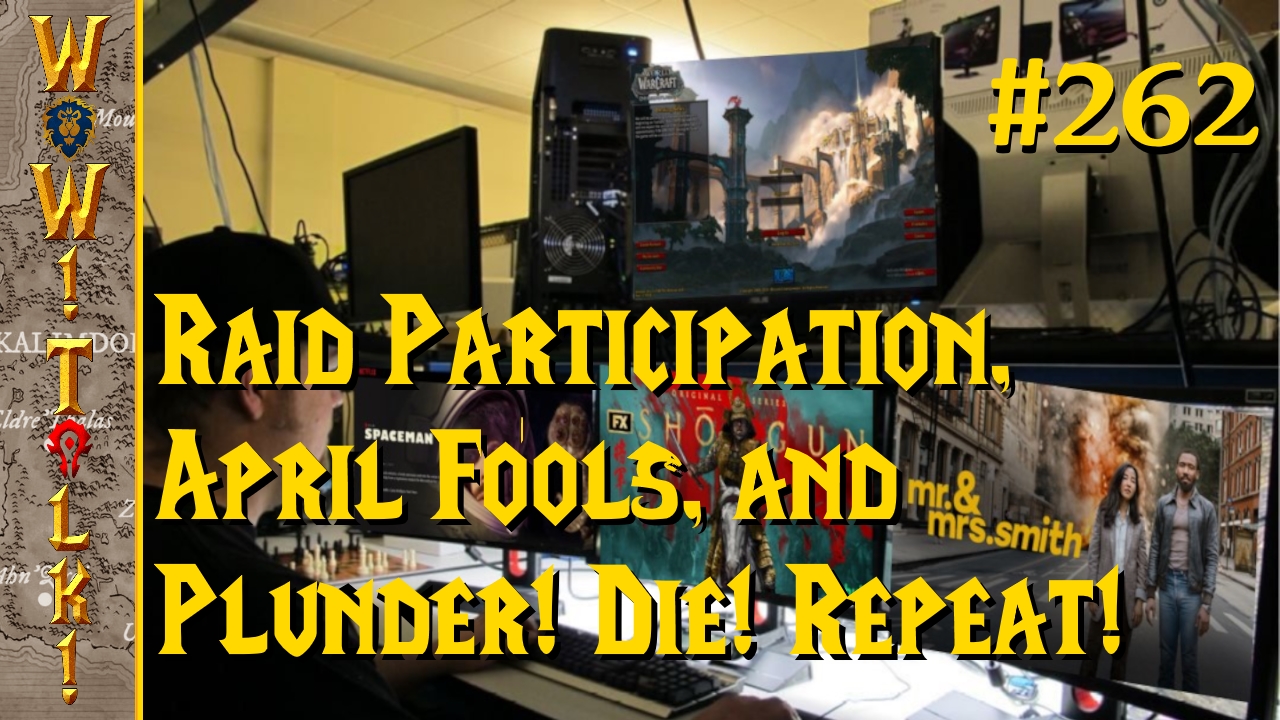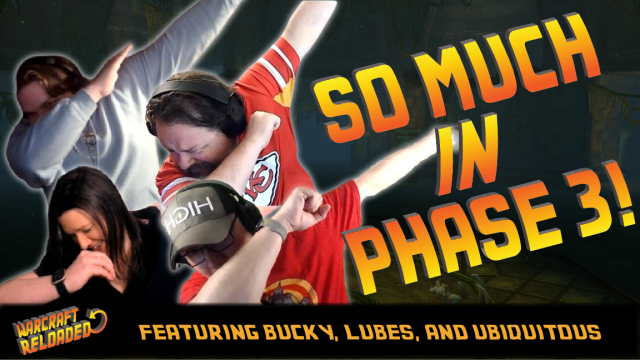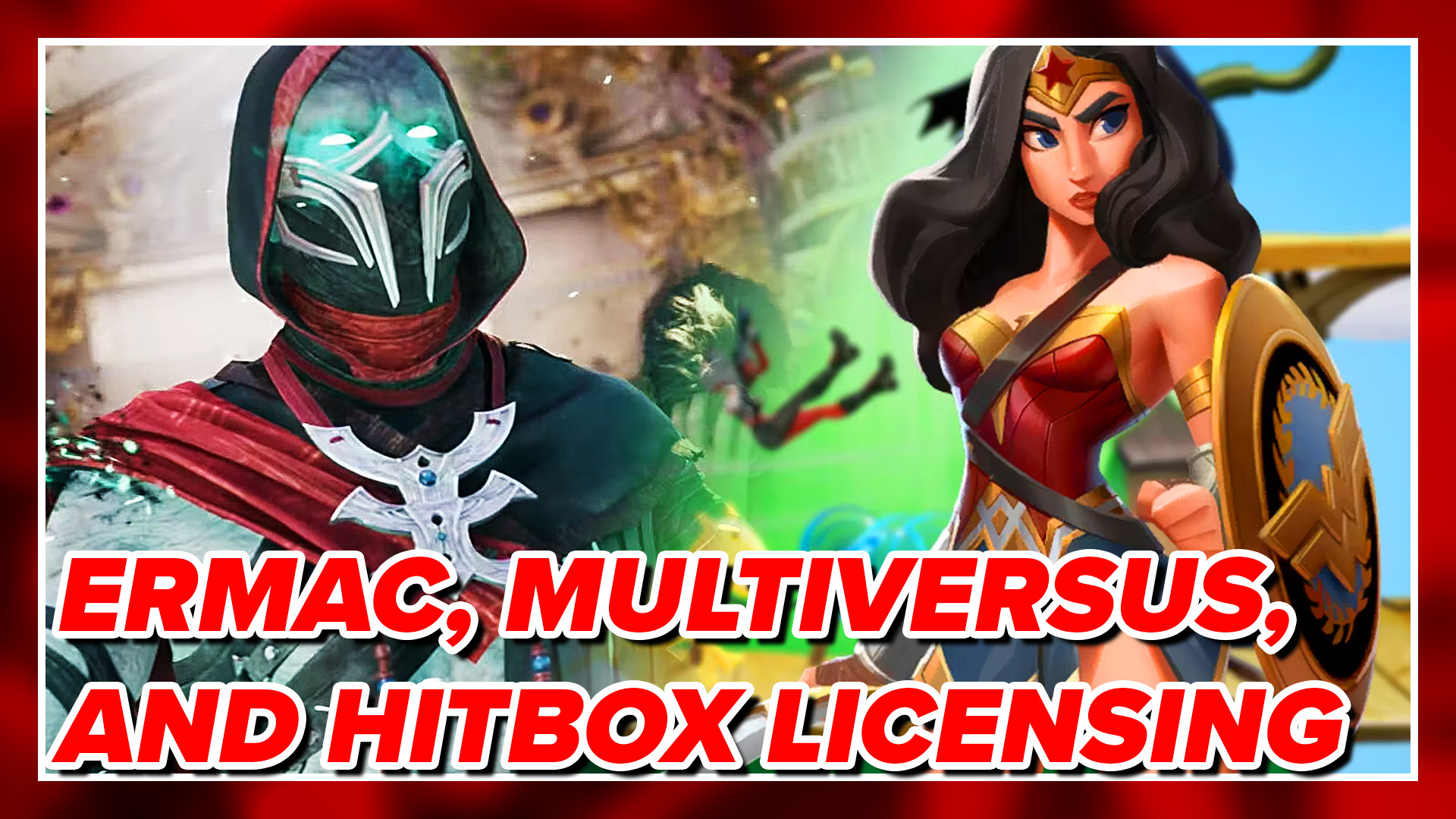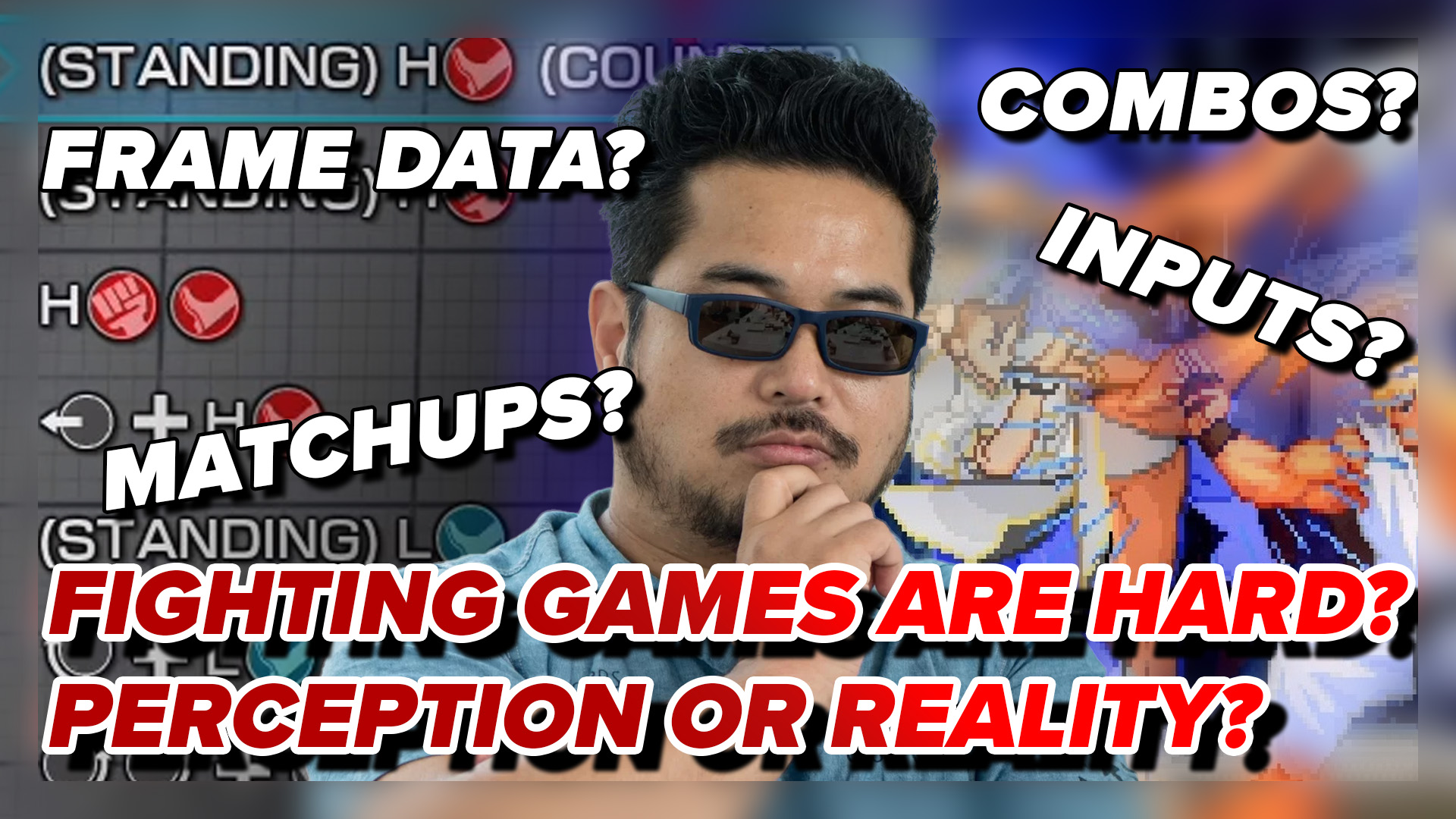
Cognition: An Erica Reed Thriller Episode III: The Oracle is what happens when you take the point-and-click genre and surgically remove ninety percent of the crap from it. I could hardly believe this chapter was from the same people who made the first chapter, as this literally thrums with excitement. You start the chapter off with extremely high stakes — with the game somehow setting them higher every few minutes. This chapter was electrifying from beginning to end, feeling like you were right on the cusp of figuring it out the entire time only to find the story twisting and turning before you. I should have seen the ending coming, but I was too wrapped up in the game itself to ever figure it out. I really don’t know how they’ll top this one for part four, as it was like playing through a five hour climax.
Just about everything that has ever bugged me about the series, or even point-and-click games in general, has been removed. Once again, the people at Phoenix Online Studios have taken great pains in listening to their fans and critics, cleaving through the bothersome parts and refining everything to near perfection. The game takes place entirely in a single apartment complex, removing the need to schlep all over Boston to talk to anyone. I never even noticed how much this could get on my nerves when I didn’t know where to go, but it had become one more nuisance that I just accepted about the game. In The Oracle you only have a few floors to deal with.
If that sounds like it’s just a different kind of lame, you’d be wrong. The apartment complex is packed with details and important locations, and being able to access or figure out all of them took quite some time. Details that didn’t seem all that important took on new life as you found out aspects of the case, and eventually almost every little thing you could look at or interact with took on some importance for a puzzle. Instead of spreading these items out over huge spaces as most point-and-click games would, The Oracle crams them all into a single, elegant space and asks you to figure out when they’ve gained some importance. It meant that the game wasted very little of my time in getting to an item I knew I needed, and kept me constantly busy just figuring out what I needed.

Also, that space doubles up when you find out that you’ll be seeing it from someone else’s point of view later. In a neat twist, you find out that one of the other characters in the game also possesses similar psychic powers to Erica; only she can see the future instead of the past. The thing is, that character exists in the past, so her seeing the future allows her to adjust things for Erica’s present time. The game uses this mechanic to let Erica look in on her life a couple of times in the game, sending the player to play as that character for a while. This character stays within the apartment complex as well, but as that character lives there they can add some importance and meaning to the objects in it that would be hard to find out otherwise. It means you get twice as much use out of being in the apartment building, as both characters get different information from the same objects, with one often clearing up the confusion of the other.
Since both characters have opposing powers, they are both aware of what the other is doing and often set things up to help each other. It creates this neat mechanic where I would often get stuck in the investigation as Erica just in time for the game to switch over to the other character for clarification. At one point the other character saw someone open up a wall safe, something that showed me where the wall safe was in Erica’s timeline. At another point there was a camera with a scrambled image on it that the past character couldn’t make sense of, but the game let me place the camera in a hiding spot so that Erica would be able to find it in the future. The connection between the two made for some really creative solutions when I got stuck.
Also, the bad point-and-click solutions have been tossed, or at least feel like they’ve been. There were very few times when the solution to a given puzzle was obtuse. There were some odd solutions for sure, but most of them only required a step or two to get through. I figured out a lot of what I needed to do with rational thought and a walk around the environment, and most everything else just required a quick sweep of the area. With everything taking place in a small area it was easy to get intimately familiar with all of the objects and to notice important things about them. On top of that, Erica often makes little off-handed comments when you look at something; ones that typically indicate why that object may be important later. It makes things a lot simpler to figure out without making them so easy it doesn’t feel like a challenge. I was stumped several times in the game, but it always felt fair. Besides, the game still has its vague but handy hint system in place, so if you get stuck the game almost always has you covered.

Another thing that was streamlined to pieces was the psychic visions. Many of them can be accessed by selecting your psychic power and just clicking on a glowing object, and the more complex powers that required touching more than one correct object have been simplified. Also, instead of having to find five or six objects to look in on a specific past event, two is typically enough to put together for a cutscene. Getting people to make contact with you so you can see their past is also a lot easier than it’s been in previous parts; something I was thankful for given how annoying it’s been to find a reason to touch people in this series. Even times when you had to touch things in the right order were made almost too easy with direction from Erica or the other character.
I loved going into the past because the characters felt so much more fleshed out there. The games had gotten better at showing me well-defined characters, but most of the suspects and weirdoes in the game were still built on stereotypes; like the yoga hippie from Episode II: The Wise Monkey. The few characters in The Oracle get fleshed out really well, as the game takes time to really talk about them and show me their personalities. I got to see different aspects of who they were and see them make their mistakes. Just when these characters only seemed like they would have one facet to their personalities, I would be treated with an intimate moment with their private thoughts. This game’s characterization is just so far beyond the cookie-cutter characters of the original chapter that it’s hard to believe the same people are working on this game. It’s a tremendous improvement, and really kept me interested in the game.
Despite taking its time with the characters, the plot feels like it’s running at a breakneck pace. The game starts right off with a new murder, with you poking around the environment for a few minutes before you sneak into the building. When you soon find out that you’ve been specifically drawn there by an extremely important character, things start to get really interesting. Looking around this place and knowing that all the answers have been specifically left behind for you to find makes the whole game feel like you’re just about to figure things out. I really thought that The Oracle was going to be short because of it, but the game manages to keep putting these exciting reveals in your path, always cutting them short before you find out too much.

The Oracle excels at telling you almost enough to figure things out, dialing it back each time before you can learn too much. It’s a very careful, deliberate approach that meant knowing exactly how much to tell to keep it interesting without making it obvious that you were constantly pulling the same stunt. Each scene gave a little bit more information, showing a snippet of a fight and pulling away just as it was about to reach a climax. The game tossed more than a few red herrings at me that way; keeping me from guessing the killer’s identity for the entire game. I had a pretty good idea who it was near the end, but I was so wrapped up in the way the game was telling me its story that I barely had any interest in thinking about it.
Also, the last hour is so intense I didn’t have much time to put thought into it. The game does feel like it’s always ready to wrap up, but it’s during the final hour that the game feels like it could end at any second. The entirety of this act feels like it’s about ready to make the big reveal, but just when you’re one hundred percent sure that it’s going to tell you everything, the game continues for one more hour or so. This section was the definition of tension; making me nervous, excited and upset every single moment. The game is literally impossible to put down at this point as you are forced to see things through to their end. I needed to go to the bathroom pretty bad at this point, but I just dragged the laptop in with me and played until my legs went numb. I’m sure you didn’t need that image, but you already have it in your head and there’s nothing I can do about it now. Let’s just move on.
With all of the intense action you get a lot more of the hand-painted cutscenes that I loved so much from the previous games. They appeared more like rare treats in the last two parts, but they show up a whole lot in The Oracle. They’re all just as striking as they were before, but the artist had some really amazing material to work with in this one. I included a lot of the fantastic images in this review, as they’re just so striking and full of emotion. These pictures looked good before, but the scenes they’re capturing just show me how much power this art style was trying to convey before. There are some incredible works in this game, and they just hammered home the emotional force of the game’s events.

The music is still the same as it always was, but I’m also starting to appreciate its strengths a lot more than I used to. There is a lot of nice ambiance pieces in the game, but it’s the high-intensity tracks that made the last hour even harder to bear. The songs that play during many of the game’s more intense scenes are all fantastic; beating with a pulse that matches the events on the screen. It somehow makes the stakes feel even higher than they already are, and I just really liked it.
Cognition: An Erica Reed Thriller Episode III: The Oracle is going to be an very difficult act to follow, although the extreme cliffhanger ending will probably help make that a little easier. This game ends on such an intense note that I was genuinely upset that the game was over, and it’s left me hungry for the next one. Given all the fantastic work they did streamlining this game, I know they have the ability to make the next one even better. Their storytelling technique has grown considerably, and with the game playing more logically than almost any point-and-click adventure out there it’s almost a shame to know the next chapter is the last one. It’s amazing to see how far they’ve come since the first game, turning a series I pretty much hated into something I need to play. This chapter alone was worth all of the hassles of the other ones.
Cognition: An Erica Reed Thriller Episode III: The Oracle is available to download from the developer’s site.




